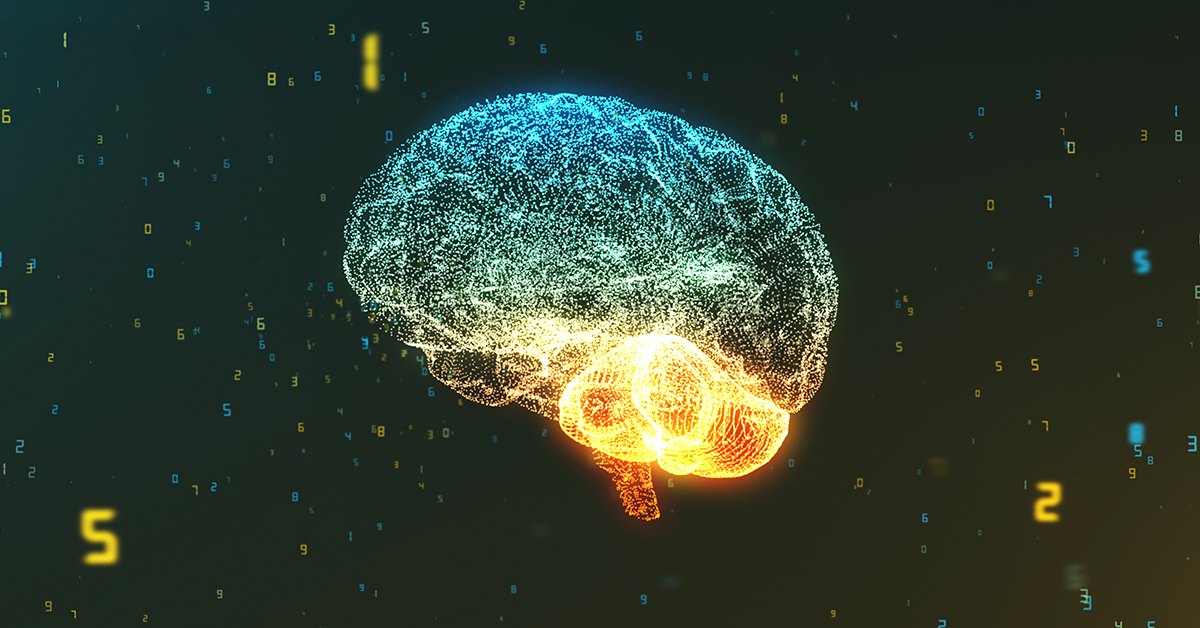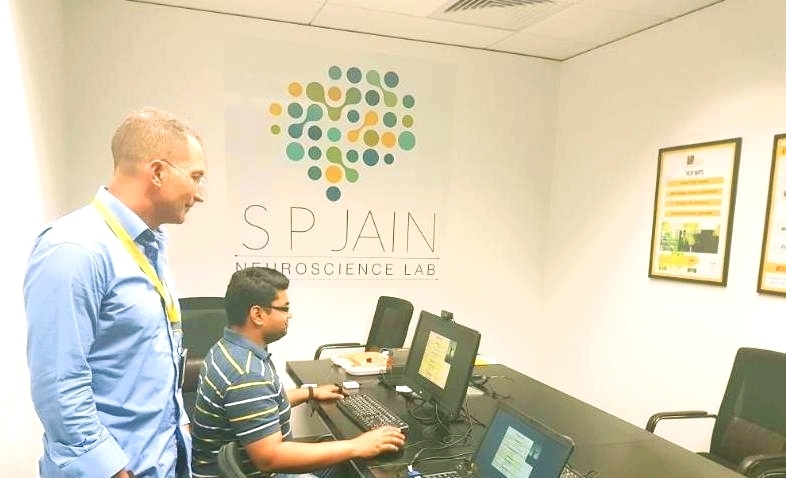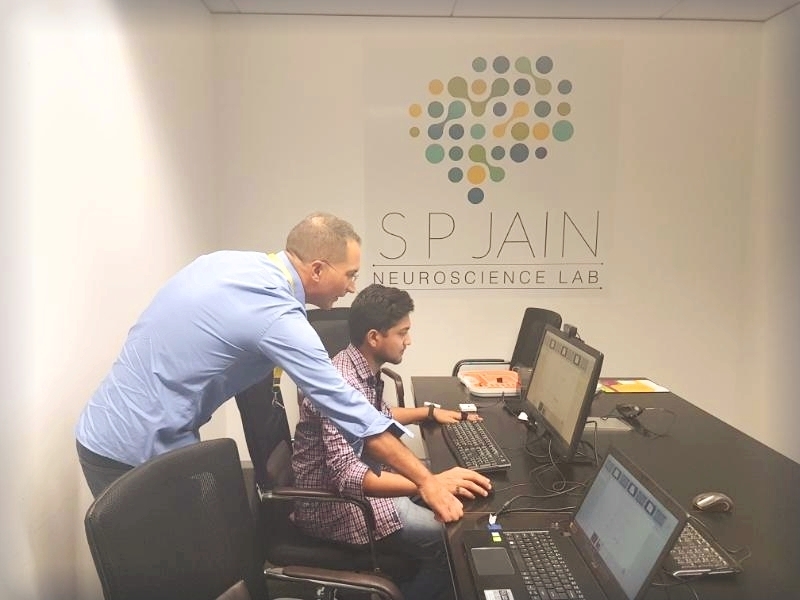How does the Neuroscience Lab help students learning Business?

What is Neuroscience?
Reactions occur in a fraction of seconds. The brain functions and responds to the stimuli even before one consciously has the time to comprehend what happens. The cortex allows you to speak fluently and coherently, to plan for what you are going to say next, to focus your thoughts, to calm you nerves, and to respond to questions. Most of that is going on beyond awareness.
To put it simply, neuroscience is the study of the nervous system. This includes the brain, spinal cord, and all the nerves throughout the body. Neuroscience is not just about the biology of these structures, but also includes the psychology of the brain as well as the interactions between the nervous system and other body systems, and the behaviours that result from them.
What’s the Role of Neuroscience in Business?
If you can understand the process of your own brain and how sensory information, emotions, and thoughts impact you and your behaviours, you can begin to realise how it may impact the brains of others. This increased awareness of the brain and how it functions can give you an advantage in being a better leader and creating a better workplace.
Eye tracking, for example, provides a great insight into customer attention and emotional state. Eye Tracking is simply as the name suggests, about where we look, what we look at, how much time we spend looking at it, how our pupils react to different kinds of visual stimulation and when we blink. Pupil dilation is not only the eye’s adaptation to light intensity, but is also a sign of emotional arousal and cognitive workload. Facial expression is another powerful tool to get an unbiased emotional response to a product or service.
Neuro-marketing, thus, provides scientific tools to the marketer to pre-determine the emotional impact and effectiveness of a commercial, the design of a package, webpage or a product.
Neuroscience Lab at SP Jain

SP Jain School of Global Management has launched the SPJAIN Neuroscience Lab in its Sydney campus, that uses the iMotions Biometric Research Platform. Presently used by clients that include leading FMCG companies (Proctor & Gamble, Unilever), drug companies (Eli Lilly, GlaxoSmithKline), and academic institutions (Harvard, Stanford), iMotions Biometric Research Platform lets researchers integrate best-in-class biosensors, eye tracking, facial expression analysis, EEG, GSR, EMG, ECG and Surveys in one unified software platform.
At SPJAIN Neuroscience Lab, Dr Nicholas Hamelin, along with his team, put the features to use recently when they tested a variety of organic food packages. The study used 5 brands of organic cereal from Australia (Brands unknown to the Indian audience were used to prevent brand recognition) as test cues, which were selected based on wide range of types of cues present on each packaging. The heatmaps were then monitored to evaluate the factual and subjective results.
“Ashuman, we exist simultaneously in two worlds: The conscious and the unconscious world, with our decision-making process forever alternating between these two entities. For market research to be effective, it needs to explore both these worlds.”, shared Dr Hamelin while talking about the lab.
Supplementary measure such as Galvanic Skin Response (GSR) and heart rate variation also confirmed a strong correlation between purchase intention and respondents’ body autonomic reactions.
“Our experience of the eye-tracking study was quite amazing. I have been so inspired; I have requested Dr Hamelin to let me include this study as part of my Global Immersion Project – I believe the results will justify the additional effort. I am studying the impact of the emerging generations of millennials on the Indian FMCG industry and I truly believe, having this kind of in-depth knowledge will set me apart during placements.” – Nikhita Kishore, Student, GMBA
Click Here to read more details and conclusions from the research conducted at SPJAIN Neuroscience Lab.

